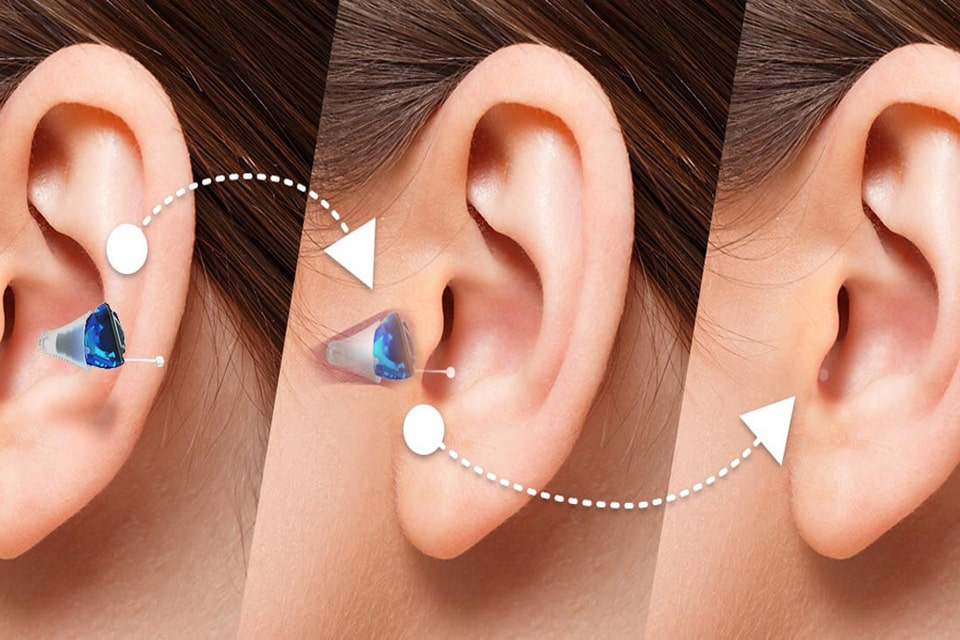
The Difference Between CIC and In Canal Hearing Aids
Hearing aids amplify sounds for individuals who suffer from a hearing impairment. These devices share many components, including a microphone that picks up sound and amplifier circuitry to increase the volume of these sounds before a receiver delivers the amplified sounds to the ear canal. These devices run on batteries that must be recharged or replaced as needed.
While all hearing aids work in much the same way, they differ in design, amplification technology, and special features. For example, certain styles have earmolds or earpieces that direct the flow of sound into the ear. This helps to enhance the quality of the sound. Individuals choose their hearing aid based on many factors, such as the severity of their hearing loss and their lifestyle.
Many individuals find they want a completely-in-the-canal (CIC) hearing aid or an in-the-canal (ITC) hearing aid. What are the benefits and drawbacks of CIC hearing aids? Why might a person choose an in-the-canal hearing aid instead?
Completely-in-the-Canal Hearing Aids
Many individuals opt for CIC hearing aids because they are incredibly small and therefore aren’t visible to others. The aid is specially molded to fit securely in the ear canal, where it will improve mild-to-moderate hearing loss. The ear and canal direct sounds to the eardrum, so wind noise becomes less of an issue. People find this type of device easy to use with their phones, and they don’t have to worry about the occlusion effect.
However, these devices do come with some drawbacks. For instance, the small size of the devices means they are powered by extremely small batteries. This means the batteries don’t last as long. In addition, the batteries can be hard to handle. Many CIC hearing aids lack features found in other hearing aids, which may include a directional microphone or volume control. Wearers need to monitor the devices, as well, because earwax often clogs the speaker.
In-the-Canal Hearing Aids
In-the-ear hearings aids are also custom molded for the individual. However, they fit partially into the ear canal rather than completely. They do have advantages over completely-in-the-canal styles, but they also come with drawbacks.
As with completely-in-the-canal styles, in-the-canal hearing aids are less visible than those worn behind the ear. However, they often come with features not seen in CIC styles, as they are slightly larger. People find they can use their phones and headsets with ease when wearing this type of hearing aid, and they are suitable for men and women who have mild-to-moderate hearing loss.
Nevertheless, while these devices may come with more features than CIC devices, the features can be hard to adjust because of the small size of the unit. Some people find this style to be uncomfortable, depending on the size and shape of the ear canal. As with the CIC hearing aids, the device may become clogged with earwax. Regular cleaning helps to prevent this issue from arising.
ITC and CIC hearing aids serve as two options available today. Many people moved to these devices during the global pandemic, as they found other styles to be uncomfortable when wearing a mask. However, all options should be considered, as each person must find the right device for their unique needs. Hearing is of great importance to a person’s quality of life and their health and well-being. The right hearing aid ensures they can communicate with others easily.








